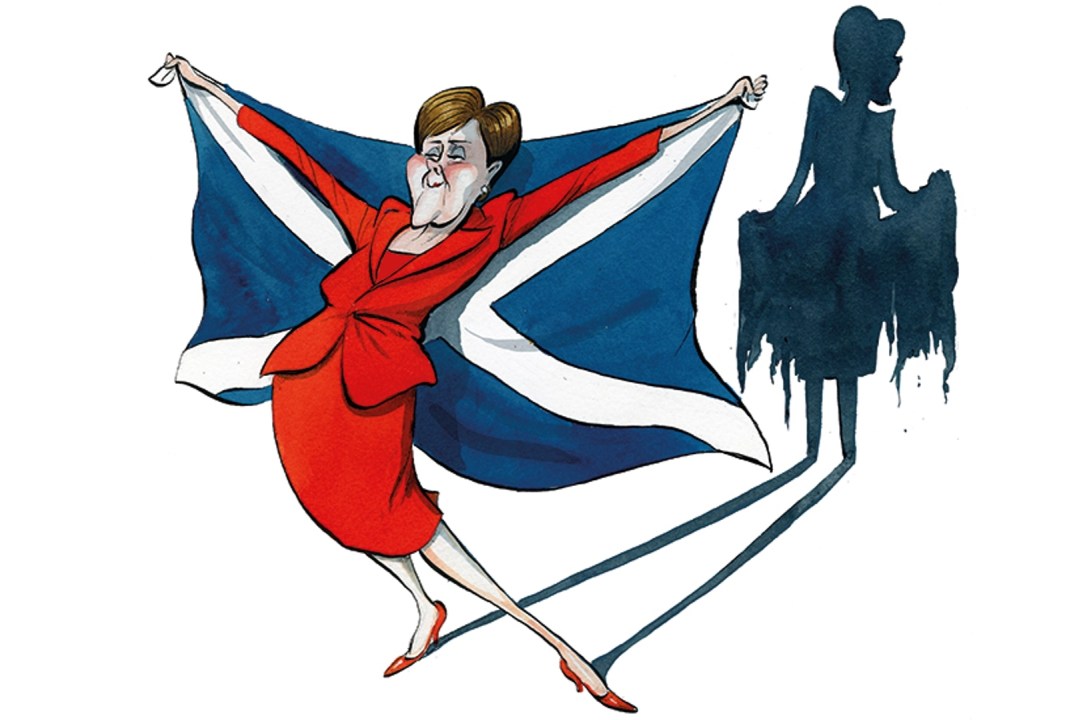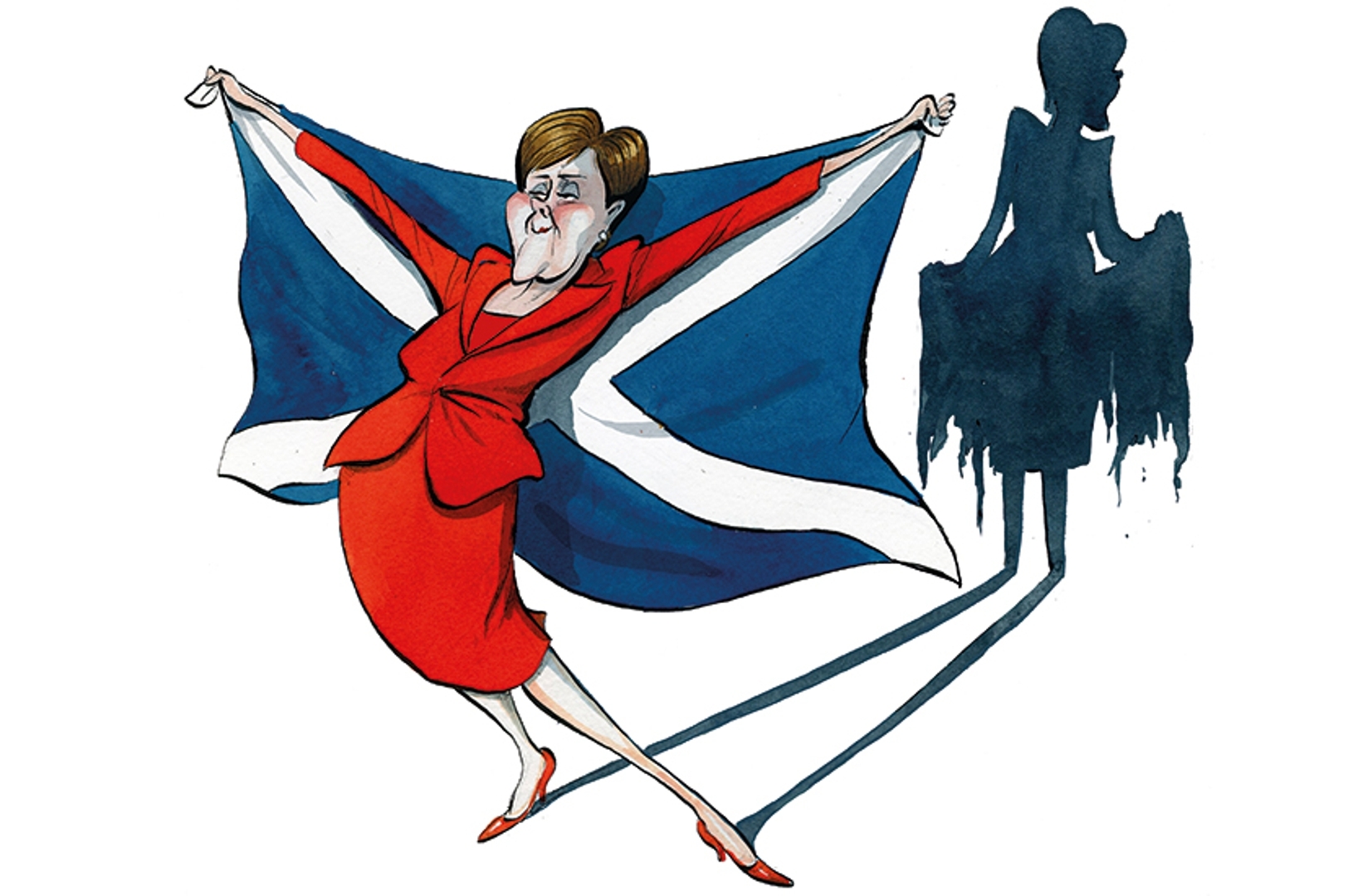Might the 2020s be the seismic decade in which the post-war consensus, that liberal democracies do not and should not break apart, is broken? Scotland’s First Minister Nicola Sturgeon certainly thinks so. Her lifelong quest to break up Britain must feel closer than ever after winning last week’s Holyrood elections. But there are hurdles yet to be cleared.
Sturgeon insists on an exact repeat of the process that took place after Alex Salmond won an SNP majority in 2011 – even though she did not manage to replicate his success, achieving instead another minority administration. As in the 2011 to 2014 period, she wants the referendum booked and in the diary before presenting an updated economic case for Scexit.
This will not hold. The Scexit Sturgeon is proposing today would lead to a far more complex set of outcomes than either Brexit or the secession that would have happened in 2016.
Brexit involved leaving a trade bloc and partial political union. Scexit would mean leaving a seamlessly welded together state – a full political, economic and monetary union. In 2014, people were voting on the basis that Scotland would leave the UK but both entities would remain inside the EU. There was no need to worry about a hard border between England and Scotland. A hard Anglo-Scottish border is now the reality of Scexit – at least if Scotland wishes to trade freely with the EU, as Sturgeon insists it will.
If the First Minister has any respect for Scottish democracy then she will give the people the answers they deserve
Under these circumstances, releasing details on the impact of secession after a campaign has started would be wholly inadequate; a disservice to the people of Scotland – you could even call it a democratic outrage. If Sturgeon has confidence in her case then she will have no concerns about giving the people the time and space to consider it properly.
What might those considerations be? Three key issues need to be fleshed out:
1) Border: it is not possible for Scotland to have open trade borders with both England and the EU. The LSE estimates that from a trade perspective Scexit would hit the Scottish economy two to three times harder than Brexit. With over 60 per cent of Scotland’s exports going to the rest of the UK, the impact of leaving the UK single market needs to be spelled out.
In 2017, Scotland’s Fraser of Allander Institute estimated that over half a million Scottish jobs are supported by demand from the rest of the UK. Sturgeon’s administration needs to explain the economic case for creating barriers to that demand.
2) Currency: Sturgeon confirmed on the Andrew Marr show that an independent Scotland would immediately move to an emerging market style system of unofficially using another country’s currency (the UK pound) for ‘likely to be a period of years’, before aiming to launch a new Scottish currency.
This is a very alarming proposition given leading economists have warned it would be economically catastrophic. Sturgeon needs to explain what the contingency plan is for dealing with a post-separation economic crisis. When Scotland is two or three months into independence and the new Scottish treasury does not have enough currency in its accounts to pay next week’s public sector wage bill, what is the plan at that point? Is it to provide police officers, nurses and civil servants with IOUs while seeking a bailout from the International Monetary Fund (IMF)?
A ‘sterlingisation’ set up would also automatically disqualify Scotland from EU membership, as accession countries must have their own national currency to meet economic and monetary membership criteria. What then is the plan for applying to join the EU? Will that happen several years after independence, once a new currency is launched? A timeline compatible with the currency reality is needed.
3) Deficit: the IFS estimates Scotland’s fiscal deficit will spike at between 22 and 25 per cent of Scottish GDP in 2020-21, with the deficit then projected to fall to around 9 per cent of GDP in 2025-26. Leaving the UK means fiscal autonomy kicking in overnight upon secession, putting at least £15 billion of annual spending at risk. Sturgeon’s administration needs to lay out what tax rises and spending cuts will be implemented to at least try to keep the ship afloat.
Border, currency, deficit – Scotland does not so much need a love bomb as a truth bomb.
If the First Minister has any respect for Scottish democracy then she will provide the people with the answers they deserve. It would be absurd and completely outrageous of her to foist another referendum on Scotland without spelling out what the real-life implications would be.








Comments